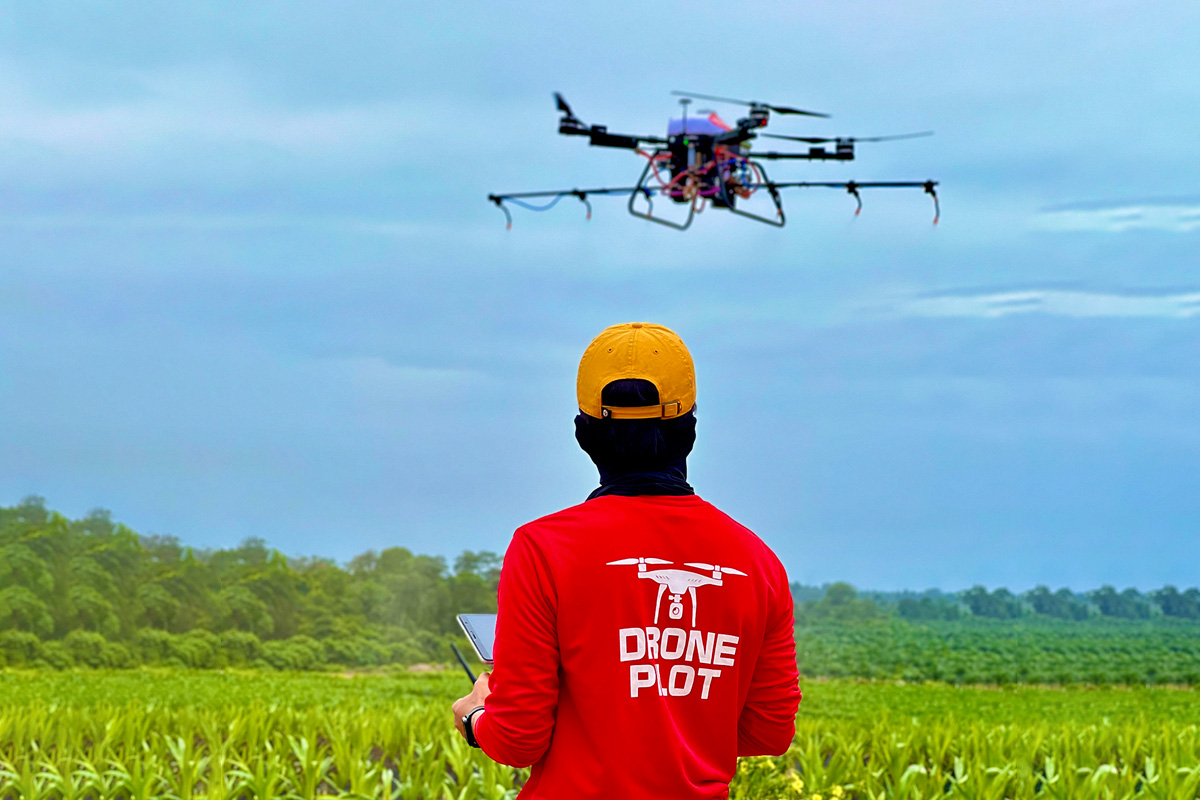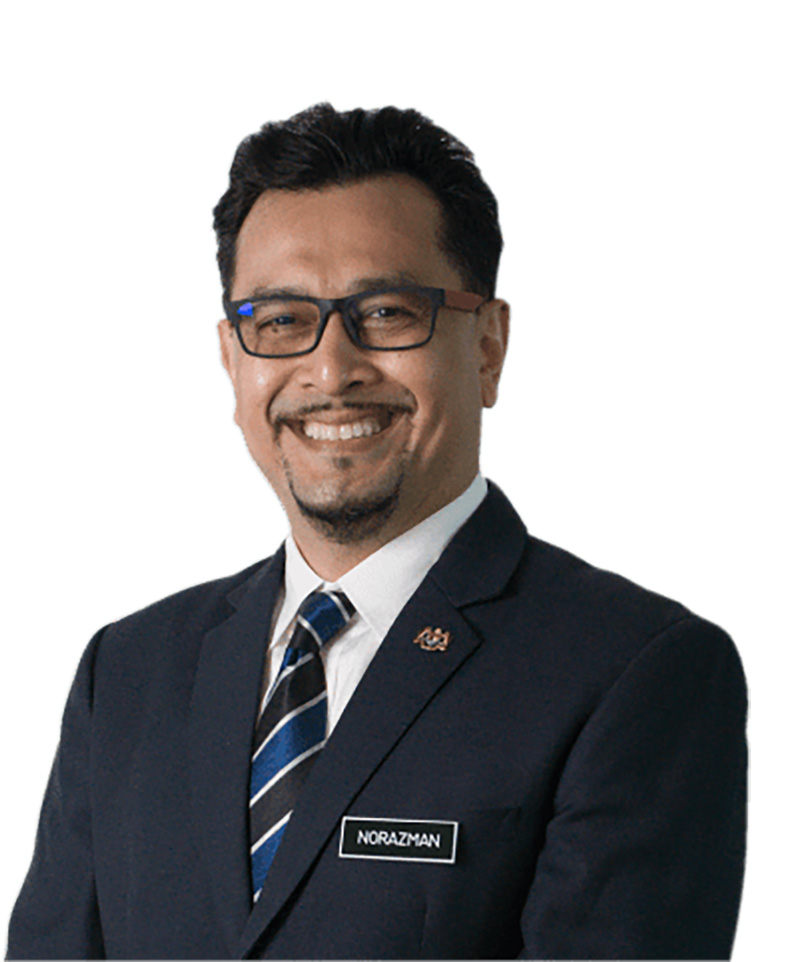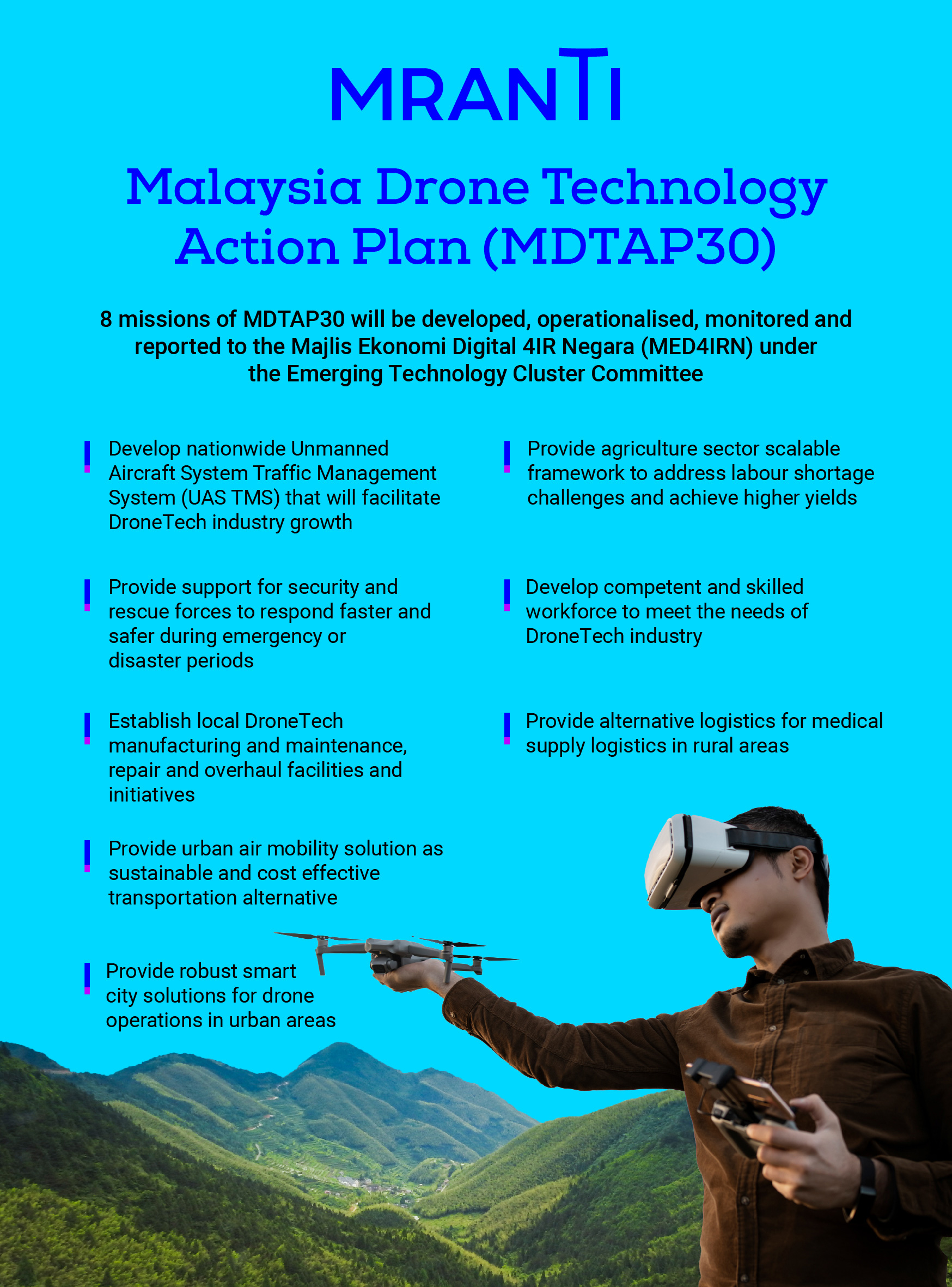

The advancements in Internet of Things, artificial intelligence and data analytics have accelerated the evolution of drones by leaps and bounds. Drone Technology (DroneTech), a subset of autonomous robotics applications, has ventured into various sectors including agriculture, infrastructure management, logistics and even sports.
To harness and realise the full potential of DroneTech, Malaysian Research Accelerator for Technology and Innovation (MRANTI) as an agency under the Ministry of Science, Technology and Innovation has developed the Malaysia Drone Technology Action Plan 2022-2030 (MDTAP30). MDTAP30 is a comprehensive initiative developed by the Malaysian government to accelerate the potential of DroneTech for economic, social and environmental benefits.
“Globally, it is expected that the DroneTech vertical will grow in terms of applications in areas like drone delivery, asset management monitoring and urban aerial mobility, or air taxi,” says MRANTI CEO Dzuleira Abu Bakar.
“In Malaysia, we are looking at a trend where DroneTech is being applied in critical workforce demanding sectors such as agriculture, plantation, security and surveillance, energy and telecommunications.”
In short, MDTAP30 aims to establish Malaysia as a regional hub for DroneTech development and adoption. To achieve this, MDTAP30 outlines eight essential missions and sandboxes for implementation.
The eight missions of MDTAP30 are to develop a nationwide Unmanned Aircraft System Traffic Management System (UAS TMS) that will facilitate the DroneTech industry growth, to provide the agriculture sector a scalable framework that will address the labour shortage challenges and achieve higher yields, provide support for security and rescue forces to respond faster and safer during emergency or disaster periods, develop competent and skilled workforce to meet the needs of the DroneTech industry, establish local DroneTech manufacturing and maintenance, repair and overhaul facilities and initiatives, provide alternative logistics for medical supply logistics in rural areas, provide an urban air mobility solution as a sustainable and cost-effective transportation alternative and provide a robust smart city solution for drone operations in urban areas.
“MDTAP30 has eight key missions that are developed based on the industry’s challenges, which will need to be addressed if we are to realise its social and economic impact,” says Dzuleira.
“The MDTAP30 encompasses eight missions that are specifically designed to foster the development of drone technology in Malaysia. These missions have been carefully studied and crafted to ensure their alignment with the overall growth and advancement of the drone industry in the country,” adds Captain Norazman Mahmud, CEO of the Civil Aviation Authority of Malaysia (CAAM).
Regulating the airspace
The development of DroneTech has its challenges not just in Malaysia but globally. There are common issues related to regulation, technology, sustainability and funding.
“The process of acquiring an official approval or permit by CAAM to operate a drone could take 14 days or up to 120 days based on the type of operations, the risks and the locations,” says Dzuleira.
“While this might be a standard procedure on a worldwide scale given the strict regulations in the airspace and aviation industry for safety and security concerns, it presents a significant hurdle for DroneTech businesses and even first responders.”
As per the first mission of the MDTAP30, the development of an UAS TMS will be a critical infrastructure and process improvement. This will consist of modules such as the e-registration system, flight planning and monitoring, flight approvals and integration with air traffic controllers.
“It is estimated that there are now over 110,000 drone units registered in the Malaysian market. To govern the rise of the number of drones, under MDTAP30 Mission 1, the initiative is to develop and implement the UAS TMS. Hence, this will address the safety consideration of monitoring and managing all the consumer and commercial drones operating in Malaysian airspace safely via the system,” says Norazman.
Drones may be dominating our skies, but safety will always be a priority.
In Malaysia, drone operators are regulated by several government agencies, regulatory bodies and authorities such as Standard and Industrial Research of Malaysia, the Malaysian Communications and Multimedia Commission and the Department of Survey and Mapping (JUPEM). CAAM is responsible for the issuance of approvals. For instance, CAAM will evaluate applications by reviewing the risk assessment and JUPEM as well as the Chief Government Safety Office will determine the location’s approval.
The Ministry of Transport under the purview of CAAM has acknowledged the importance of DroneTech and its positive impact as well as the risk involved; therefore, in July 2022, they announced the Civil Aviation Directive 6011, Part I - Remote Pilot Training Organisation, Part II - Agriculture Operations and Part V - Special UAS Project to facilitate the growing drone operations and adoption in Malaysia.
“By combining MDTAP30’s strategic missions with CAAM’s UAS directives, the aim is to establish a comprehensive framework that ensures the safe and responsible use of drones in Malaysia. This approach enhances public safety by encouraging compliance with regulations and guidelines governing drone operations,” says Norazman.
“It also demonstrates the commitment of the Malaysian government to foster a regulatory environment that supports the growth of the drone industry while prioritising public safety concerns.”
Turbulent airways
Implementation and development of the MDTAP30 missions will be a challenging feat to overcome. This is because drones operate in airspace shared with commercial or military aviation which is highly regulated due to existing policies, regulations, procedures, infrastructure and talent requirements that need to be addressed.
To overcome these challenges, MDTAP30 provides a platform for industry and authorities to collaborate within a sandbox or proof of concept environment. This ensures key data and learnings can be used to improve procedures, systems and regulations.
“For example, during emergency search and rescue operations, authorities like the fire department require drones to be operated for reconnaissance, monitoring and surveillance. However, prior to the development of a task force called Pasukan Tindakan Kecemasan Khas Dron under the MDTAP30 Mission 3, this activity was not coordinated among the key agencies involved and if a third-party operator is required to fly a drone, they will need to undergo a long approval process,” says Dzuleira.
“The MDTAP30 platform has streamlined interactions among various stakeholders, leading to the implementation of a revised procedure after extensive deliberations and trial initiatives. Under this new process, essential details about drone operators, including their certifications and equipment, are pre-registered and verified. This has significantly expedited the approval process, enabling authorities to grant clearance for drone rescue missions within a matter of hours,” he adds.
Moving forward, MRANTI will continue to coordinate and develop the local DroneTech ecosystem and companies to facilitate technology research and development in a safe environment through its DroneTech Living Lab, also known as Area 57. Area 57 is a dedicated drone training and testing area located at MRANTI Park, Bukit Jalil, that offers a five-acre designated drone operations area and soon facilities like an indoor flying area, a workshop for assembly and repairs, 3D printers and simulation software.
The MDTAP30 missions will be updated periodically under the National Digital Economy and 4IR Council to ensure alignment between key ministries, faster resolution of challenges and expedited delivery of targeted economic and social impact.
For more information on MDTAP30, visit https://mranti.my/solutions/scaling-up-market-ready/mydronetech.



